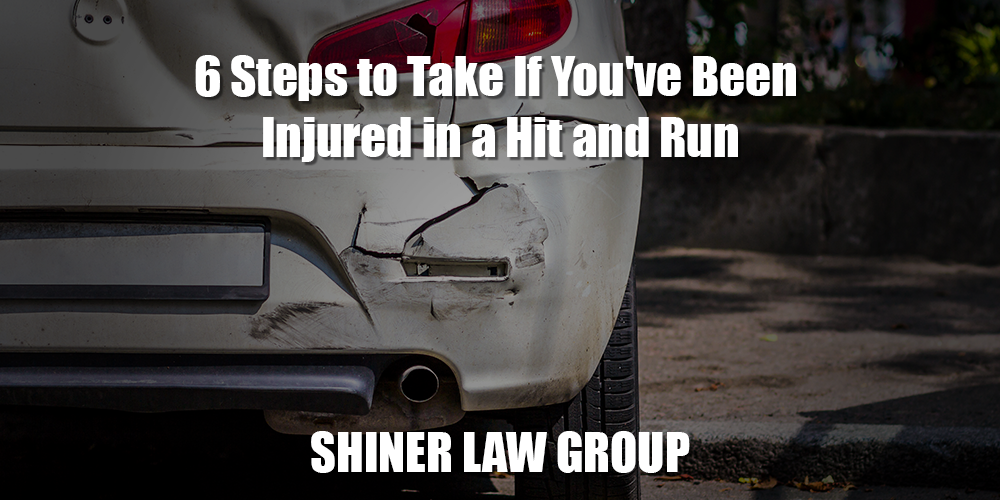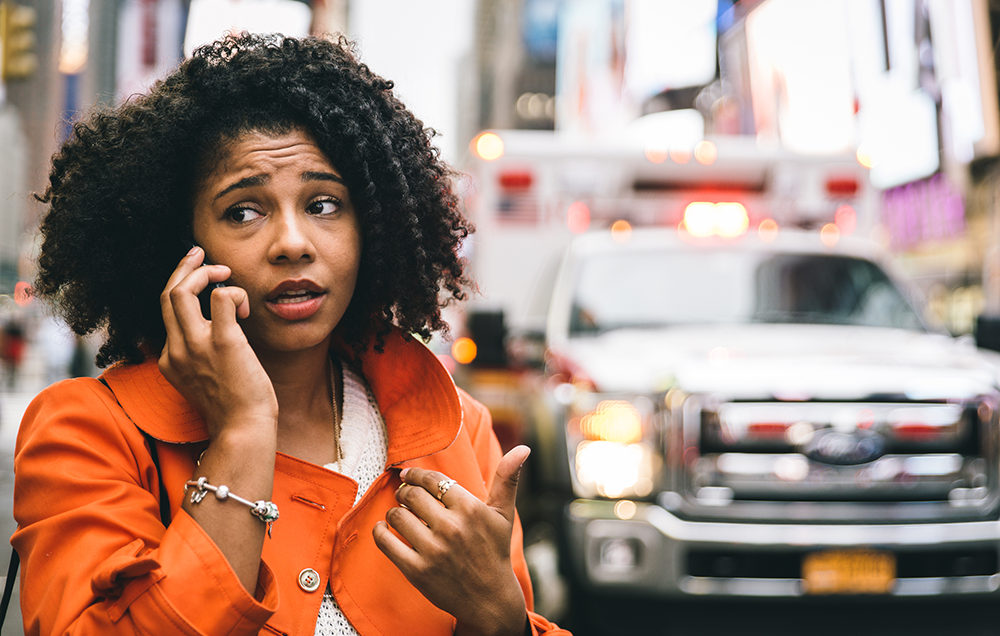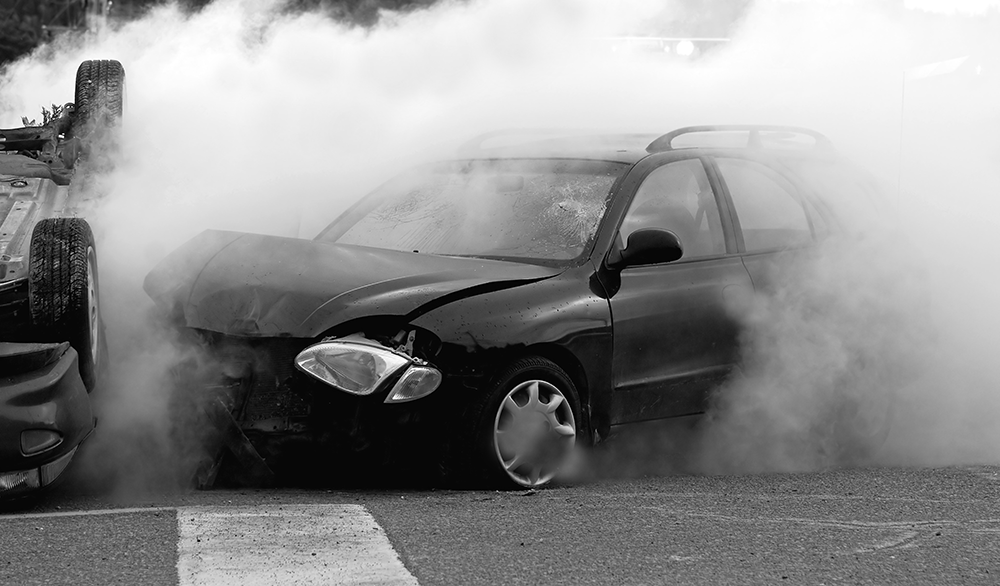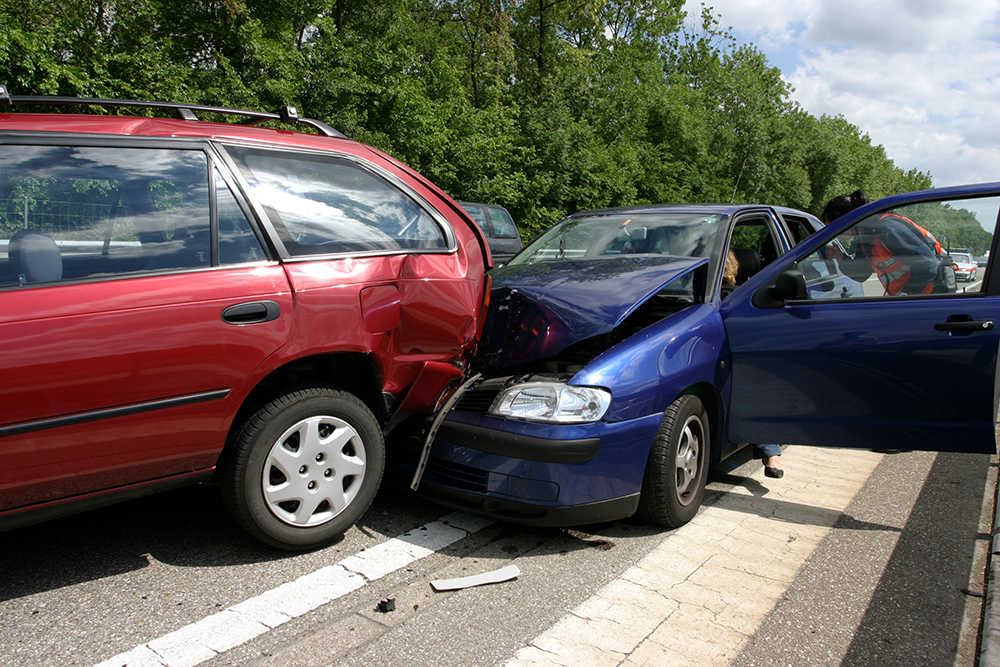Being involved in a car crash can be a very stressful and, at times, traumatizing ordeal that can leave you with physical, emotional, and psychological scars for life. Unfortunately, accidents are somewhat a common occurrence. The Centers for Disease Control (CDC) reports that there are over 30,000 fatalities, and two million people are injured by motor accidents in the US annually.
Legal requirements aside, common courtesy dictates that responsible drivers should stop to check on other involved parties. However, some choose to ignore their actions and drive off after an accident. According to the AAA Foundation for Traffic Safety, of all car crashes reported to the police, over 10% are hit-and-runs.
In Florida, the number of hit-and-run cases is alarming. Last year, there were more than 105,000 hit-and-run incidents reported. This is why the Florida Highway Safety and Motor Vehicles organized the Hit-and-run awareness month in February.
Victims of hit-and-run accidents are often left feeling helpless and confused regarding the appropriate next steps. Read on to find out more about the legal requirements when an accident occurs and the steps to take if it’s a hit-and-run.

Car Accident Legal Requirements in Florida
As with most states, drivers in Florida are required to stop at any crash scene where somebody is hurt or killed or if there is damage to property. The purpose of staying is to ensure that other drivers, passengers, and pedestrians involved are okay. You are also required to exchange details with other drivers, injured passengers, and owners of the damaged property.
More importantly, staying may be the difference between a victim getting life-saving treatment or not. As such, leaving is a crime that can attract significant legal penalties. Other than the legal penalties, the driver’s license will be revoked for at least three years. In addition, they may get mandatory sentencing of a minimum of four years if they are convicted.
Steps to Take After a Hit-and-Run Accident
If you are hit by another car, and the driver flees the scene, there are steps you should take to ensure your safety and that you get compensation.
1. Attempt to Identify the Other Driver
One of the main challenges with hit-and-run accidents is that police are sometimes unable to catch perpetrators. This is why it is crucial to try and identify the other vehicle. Given the circumstances, you may be shocked and also injured, depending on the magnitude of the impact. Even still, identifying the other driver is still important as it will increase the chances of police tracking them down.
Document any details about the car, such as make, model, color, and even a partial plate number if possible. This should be done when the details are still fresh on your mind.
2. Seek Medical Attention for Your Injuries
After an accident, the most important thing to do is have your injuries attended to. Even if you do not think you have suffered any serious injury, you should seek medical attention. This is because some injuries may not be apparent, and you may not feel them as much due to the adrenaline rush and shock caused by the accident.
If you need to file a legal case against the driver, such medical records will play a significant role in linking your injuries to the accident.
3. Stay at the Crime Scene and Call the Police
Even if you are the victim of the hit-and-run accident, you are also legally required to remain at the scene of the crash. In no circumstances should you attempt to chase after the other vehicle or detain the driver. Considering that they just caused an accident and have tried to flee, doing so may only make the situation more dangerous.
After the incident, stop your vehicle as close to the scene as possible. If you are still on the road, do so in such a way that you do not obstruct traffic and put yourself and others in harm’s way. Make sure you activate the emergency lights so that other drivers are cautious. Stopping your car as close as possible to the crash site makes it easier for you and the police to make out what happened accurately.
Call the police and wait for them to arrive at the scene. The sooner they know about the incident, the sooner they can begin the search for the other driver. Give the officers as much details as possible and let them do their initial investigations at the scene. Once they are done, request a copy of the incident report.
4. Gather Intel
So, you’ve just been hit by a reckless driver who fled the scene, and you have sustained some injuries, and your car is damaged. If you think this is enough to get you compensated, you are wrong. It’s all about what can be proven.
After calling the police, don’t just sit there and wait for them. The actions that you take next may make or break your case. If your injuries are not severe, speak to any witnesses at the scene and get their account of what happened. Ask them if they’re willing to testify if need be and take their contact information and addresses.
Since evidence can be damaged easily at the crime scene, take photographs of the crash site. Make sure you capture your vehicle and all other elements of the scene, including debris and skid marks. If there are any buildings in the vicinity, check to see if they have security cameras. The whole incident may have been captured, making your case a lot easier.
5. Get In Touch With Your Insurance Company
Normal accident procedures dictate that the at-fault party’s insurance will cover your injuries and damage to your vehicle. Nonetheless, you must contact your insurance provider and notify them of the accident. If you are unable to identify the other vehicle or the police fail to track them, your insurance provider will be responsible for such damages.
Reaching out allows your provider to send people to assess the scene and begin processing your claim. If you do not, they may have grounds to deny your claim.
Quick Overview of the Insurance Requirements in Florida
Florida is a No-Fault accident state. This means you are not only required to file a claim with your insurance company regardless of fault, but your auto insurance policy should have personal injury protection (PIP) coverage.
PIP coverage should be at least $10,000 and can be used for expenses such as medical bills and lost wages. Also, drivers are required to have property damage liability worth at least $10,000. Regardless of who caused the accident, these policies cover the motorist. However, they do not extend to the other parties involved in the crash.
This is not to say that the at-fault driver will not be held liable. If the injuries sustained are long term, their insurance company will provide due compensation.
6. Get in Touch With a Personal Injury Attorney in Florida
After a car accident, walking away with your life should be counted as a blessing. However, in unfortunate circumstances, you may end up with injuries that can, at times, be life-changing. In such a situation, you may be left traumatized, in pain, and unable to carry on with life normally.
If you are left in such a state, it becomes more important to get the compensation you deserve. However, before you do, it must be proven that the other party involved was at fault. This is why it is important to hire a personal injury lawyer in Florida with experience in hit-and-run cases.
Here’s how they can help:
1. They Will Help You Determine the True Value of Your Claim
As a civilian, you may know that you are entitled to compensation, but it will be challenging to determine how much. Depending on the extent of your injuries, your claim may be worth a few thousand or even tens of thousands, maybe more.
An attorney experienced with hit-and-run accidents will help you calculate the value of your claim to ensure you get fair compensation.
2. Gather Evidence
Regardless of the extent of your injuries, you may not get fair compensation. You will need sufficient evidence to prove who was at fault and that the accident caused your injuries. Your attorney will coordinate evidence collection after the scene as you recover.
Some of the things they will handle include:
- Collecting police reports
- Compiling medical reports documenting your injuries
- Collecting eyewitness testimonials
- Get statements from you and the at-fault party
- Do an accident reconstruction and gather expert statements
Protect Yourself and Loved Ones From Hit-and-Run
Even if you are the most cautious person on the road, you may still end up as a victim of a reckless and irresponsible driver. What’s even worse, there are high chances you may not receive fair compensation even if you sustain life-changing injuries due to insufficient evidence or insurance adjusters convincing you to take a low settlement. This is why you must hire an experienced car accident attorney.
Shiner Law Group is a law firm specialized in personal injury cases. Get in touch with us today to get the best legal counsel for hit-and-run accidents in Florida.




